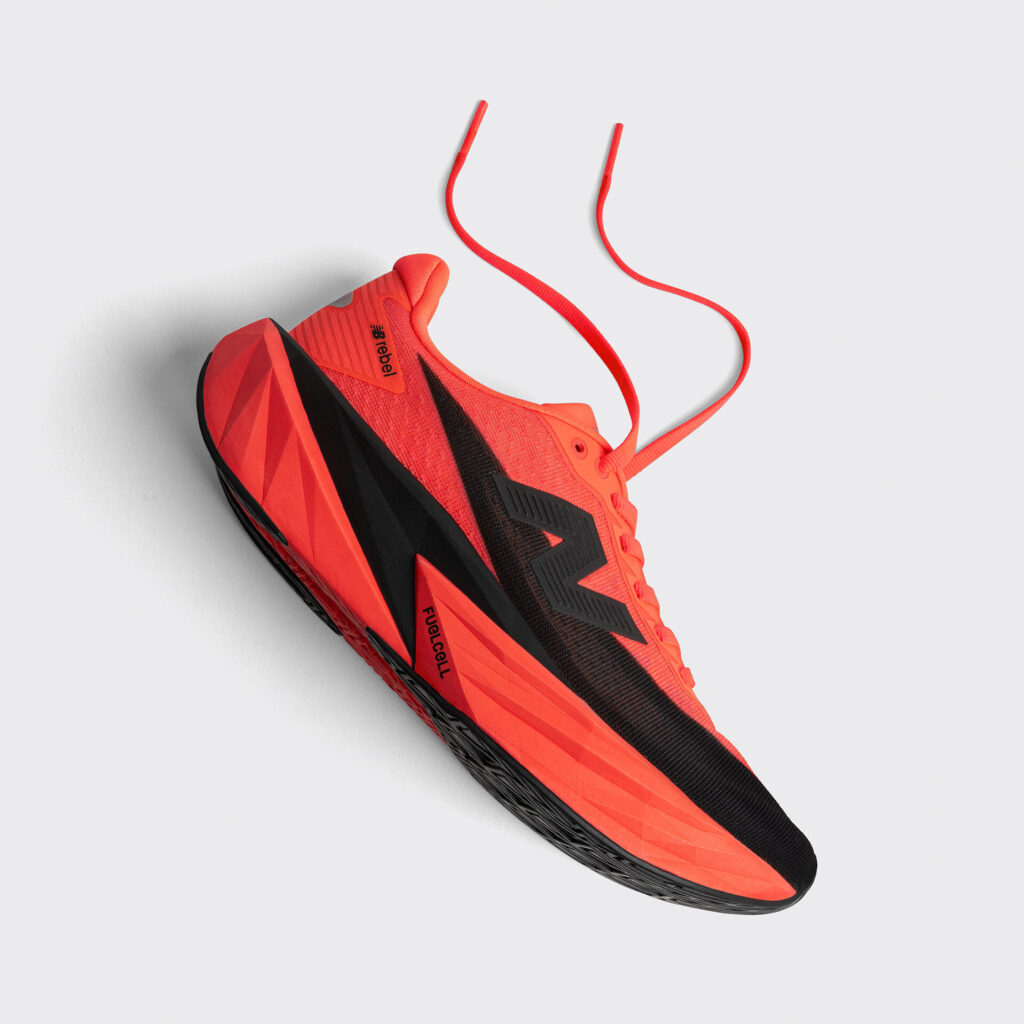Kevin O’Connor was just like a lot of average guys—a hard-working dad who struggled to work out or eat right, scarfing down unhealthy food and drinking just a little too much. That is, until he remembered a simple childhood promise he made to himself: to have six-pack abs by his 39th birthday.
That promise nearly went by the wayside. “I had tried for years to lose weight but I always saw it as a diet and a temporary solution,” says O’Connor, 41, who lives in Dublin, Ireland. “I used to eat takeout three, sometimes four nights a week. I didn’t take any notice of my calories. and exercise was pretty much nonexistent.”
By the time he reached age 20, O’Connor had given up whatever sports he played. Work began to take over his life. It wasn’t long before he hit his heaviest point, packing 95kg onto his 5-foot-8 frame. He more or less hovered there for the next couple of decades. When he turned 39, however, O’Connor had a momentous year, welcoming a beautiful baby girl into the world. The event triggered the memory of the promise he made to himself about his health.
RELATED: How This Guy Lost More Than 50kg And Got Six-Pack Abs
“When I was a boy, maybe 11 or 12, I saw a magazine cover—it may have been Men’s Health —and the cover said, ‘Even at 39, you can still have a six-pack’ and that always stuck with me,” O’Connor says. In his twenties, he’d think to himself, “I have years left until 39,” so he kept eating and drinking whatever he liked. Because of that behaviour, his 39th year began with O’Connor feeling like he was stuck in a rut, far behind on his goals.
“I was disappointed in myself that I hadn’t kept my childhood promise and that my daughter would now have a fat overweight daddy,” O’Connor says. Unhappy with that thought, O’Connor revised his goal: Instead of getting a six-pack before 39, he’d get a six-pack while 39.
To get there, O’Connor decided he should research healthy habits that he could easily maintain. He’d always heard that it took at least 30 days to form a new habit, so he committed to doing at least that much. Next, he thought about the “why.” Why was he attempting to get healthy now, and why did he become unhealthy in the first place? “I kept these two things as my main motivators. I thought about them several times a day,” he says.
For his nutritional component, O’Connor calculated his basal metabolic rate, or BMR, the number of calories your body requires to function. After calculating his, he committed to a calories in, calories out method of weight loss—otherwise known as CICO—which he tracked using the MyFitnessPal app. (He continues to use the app to this day, and has logged more than 850 consecutive days.)
RELATED: How This Personal Trainer Overhauled His Diet To Completely Transform His Body
With just the changes to his diet, O’Connor started seeing results in about a week. “The weight loss only spurred me on to trust my process and stick with it,” O’Connor says. Hitting a plateau is inevitable for most people, however—and O’Connor was no exception. When the pounds didn’t fall off as quickly, he switched things up, joining a gym and and following Men’s Health’s hybrid workout routine.
“I changed that up somewhat but it started off as my structure,” O’Connor says, adding that he’s now down to a lean 63kg, marking a 31kg weight loss transformation. “I feel like a different man,” he says. “My mindset is completely different. I tend to trust myself more with my abilities. When my abs finally peeked through, it was like something I had never experienced before. I’d waited decades for this, and there they were.”
Though he most certainly worked hard and ate right along the way, O’Connor still believes it was thinking about the “why” that mattered most. And he thinks it can help other guys attempting to get healthy too. “What I tell people who come to me for weight loss coaching is, most importantly, have a strong reason why you want to lose the weight. That is paramount. It’s the thing that keeps you going every day. It’s the thing that gets you to the gym, tracks your meals, weighs your food. You have to have a reason why. Once you have your why, the rest is easy.”
This article originally appeared on Men’s Health













